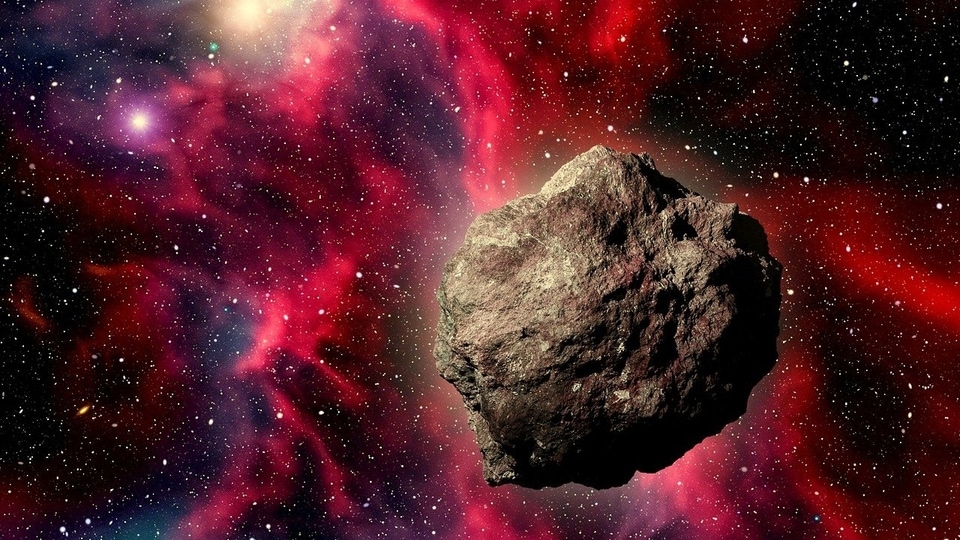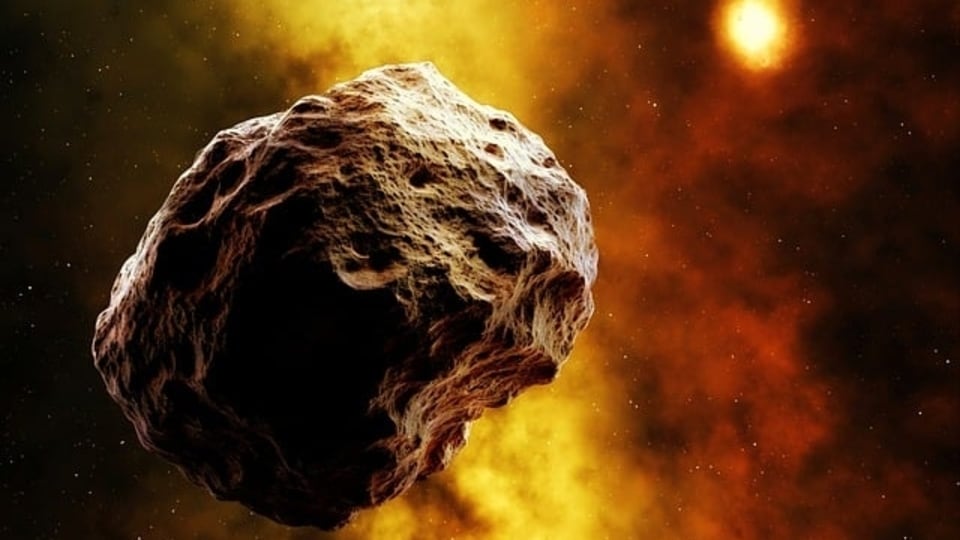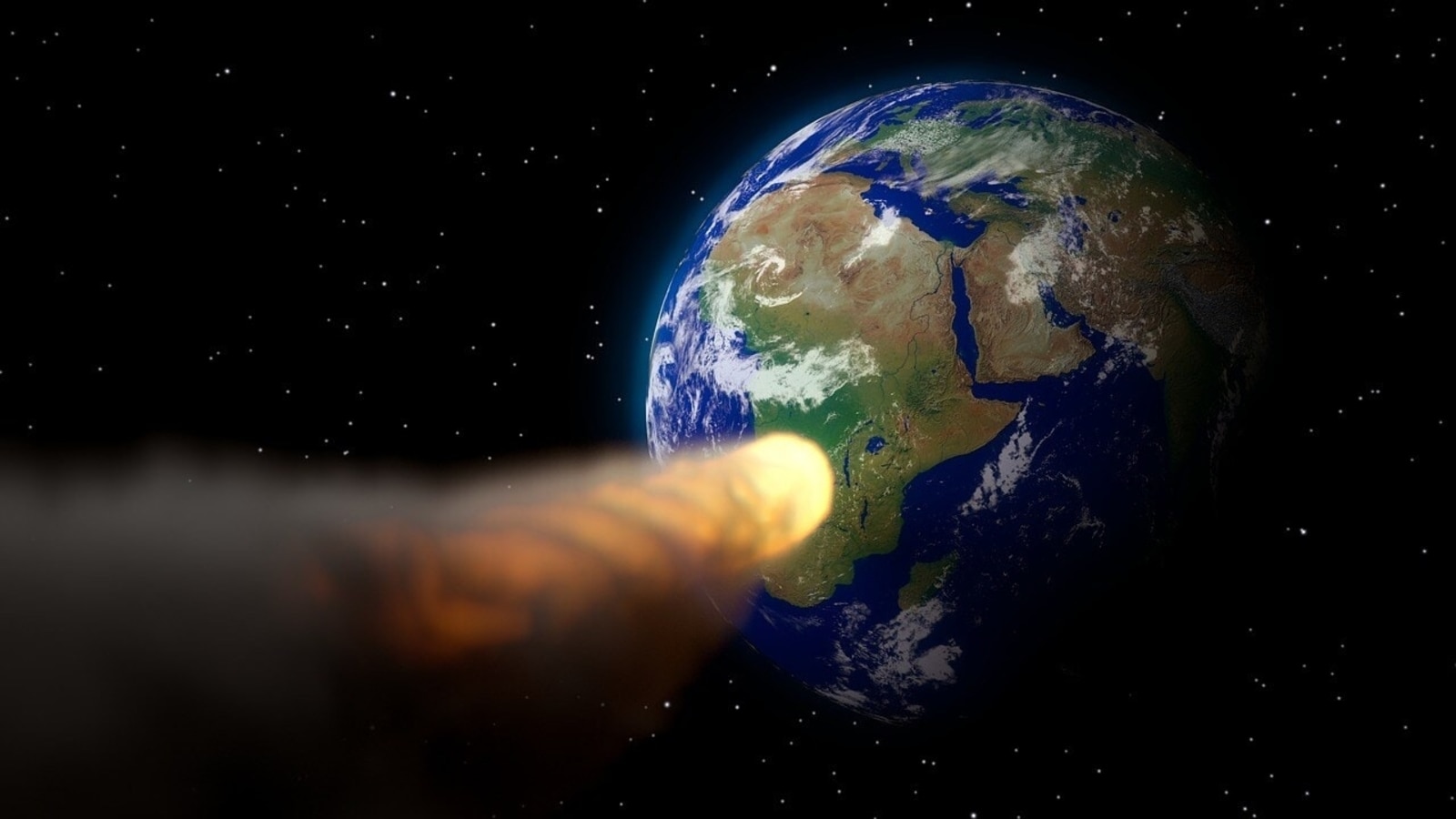140-foot asteroid to pass Earth at a close distance today, reveals NASA; Know how fast it is approaching
The orbit of a 140-foot asteroid is predicted to bring it to the closest point to Earth today, March 18. From size, speed to distance of approach, know all about this upcoming asteroid.






 View all Images
View all ImagesTwo asteroids passed Earth yesterday at the closest points in their orbit. Now, NASA has revealed that four more asteroids are expected to pass by Earth today, March 18. These space rocks often come close to Earth following an interaction with the gravitational field of a large planet like Jupiter. This sends these asteroids tumbling towards a planet, raising a potential impact scenario. Due to this uncertainty, it is crucial to observe and track asteroids in their orbits. Know all about the close encounter with a 140-foot asteroid today.
Also Read: 5 asteroids will pass Earth in the coming days, reveals NASA
Asteroid 2024 EN
The asteroid has been tracked by NASA's Center for Near-Earth Object Studies or CNEOS, an organization dedicated to monitoring the skies and keeping a watch on celestial objects such as asteroids and comets, which are known as Near-Earth Objects (NEOs).
The asteroid has been designated Asteroid 2024 EN, and it is just one of the four that are predicted to come close to Earth today, with the other ones being Asteroid 2020 ED3, 2020 FD, and 2024 EN3.
NASA says Asteroid 2024 EN is likely to make its closest approach to the planet at a distance of 1.49 million kilometers. Ahead of its close approach, it has been tracked travelling towards Earth at a fearsome speed of 43104 kilometers per hour.
How big is it?
In terms of size, Asteroid 2024 EN is almost as big as an aircraft. It is approximately 140 feet wide and is the biggest of the four asteroids that are passing by Earth today. It is important to note that although the asteroid will come close to Earth, NASA says it is not likely to hit the surface and cause damage.
Also Read: Asteroids, wendigos, monsters, vampires - AI conspiracies flood TikTok
It belongs to the Apollo group of Near-Earth Asteroids, which are Earth-crossing space rocks with semi-major axes larger than Earth's. These asteroids are named after the humongous 1862 Apollo asteroid, discovered by German astronomer Karl Reinmuth in the 1930s.
One more thing! We are now on WhatsApp Channels! Follow us there so you never miss any updates from the world of technology. To follow the HT Tech channel on WhatsApp, click here to join now!
Catch all the Latest Tech News, Mobile News, Laptop News, Gaming news, Wearables News , How To News, also keep up with us on Whatsapp channel,Twitter, Facebook, Google News, and Instagram. For our latest videos, subscribe to our YouTube channel.





























